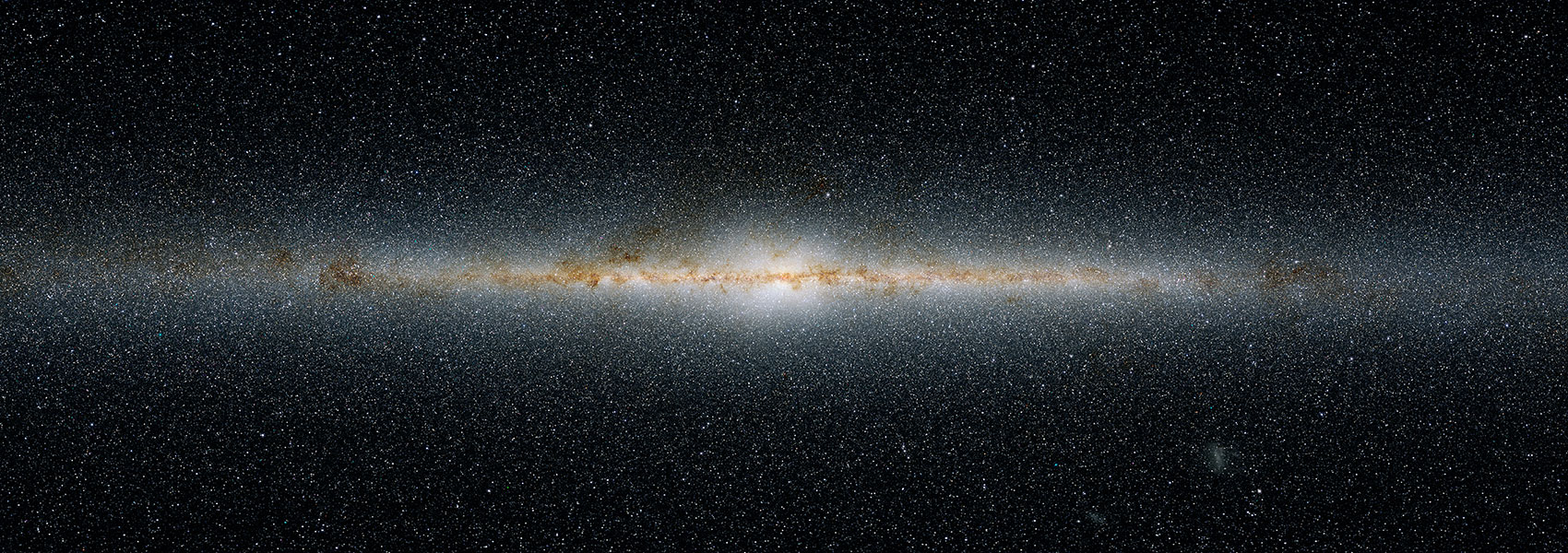December
2016
•
2016ApJ...833...37G
Authors
•
Guo, Yicheng
•
Rafelski, Marc
•
Faber, S. M.
•
Koo, David C.
•
Krumholz, Mark R.
•
Trump, Jonathan R.
•
Willner, S. P.
•
Amorín, Ricardo
•
Barro, Guillermo
•
Bell, Eric F.
•
Gardner, Jonathan P.
•
Gawiser, Eric
•
Hathi, Nimish P.
•
Koekemoer, Anton M.
•
Pacifici, Camilla
•
Pérez-González, Pablo G.
•
Ravindranath, Swara
•
Reddy, Naveen
•
Teplitz, Harry I.
•
Yesuf, Hassen
Abstract
•
We investigate the burstiness of star formation histories (SFHs) of galaxies at 0.4 < z < 1 by using the ratio of star formation rates (SFRs) measured from Hβ and FUV (1500 Å) (Hβ-to-FUV ratio). Our sample contains 164 galaxies down to stellar mass (M *) of 108.5 M ⊙ in the CANDELS GOODS-N region, where Team Keck Redshift Survey Keck/DEIMOS spectroscopy and Hubble Space Telescope/WFC3 F275W images from CANDELS and Hubble Deep UV Legacy Survey are available. When the ratio of Hβ- and FUV-derived SFRs is measured, dust extinction correction is negligible (except for very dusty galaxies) with the Calzetti attenuation curve. The Hβ-to-FUV ratio of our sample increases with M * and SFR. The median ratio is ∼0.7 at M * ∼ 108.5 M ⊙ (or SFR ∼ 0.5 M ⊙ yr-1) and increases to ∼1 at M * ∼ 1010 M ⊙ (or SFR ∼ 10 M ⊙ yr-1). At M * < 109.5 M ⊙, our median Hβ-to-FUV ratio is lower than that of local galaxies at the same M *, implying a redshift evolution. Bursty SFH on a timescale of a few tens of megayears on galactic scales provides a plausible explanation for our results, and the importance of the burstiness increases as M * decreases. Due to sample selection effects, our Hβ-to-FUV ratio may be an upper limit of the true value of a complete sample, which strengthens our conclusions. Other models, e.g., non-universal initial mass function or stochastic star formation on star cluster scales, are unable to plausibly explain our results.
Links




